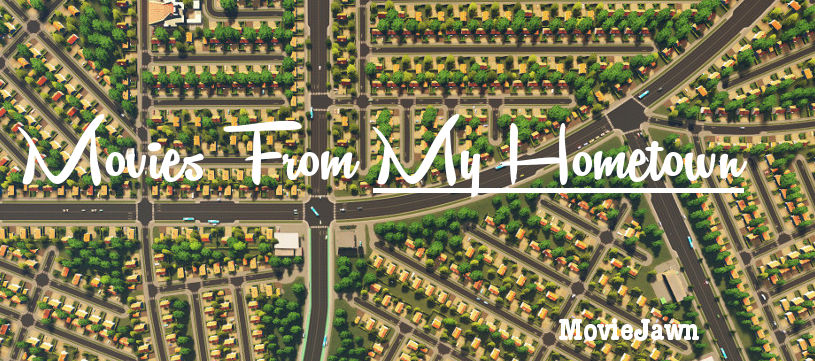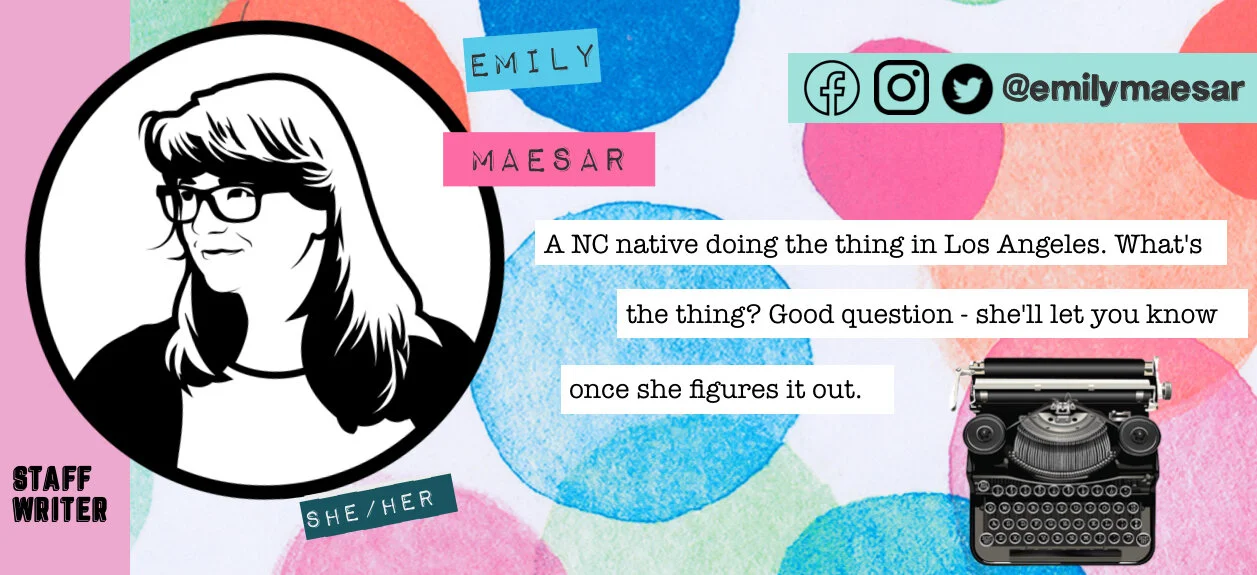Movies from My Hometown: Deliverance and Three Billboards offer false views of the South
Each month, one of our writers will be sharing movies that were set and/or shot near where they have lived as a personal lens into these films…
by Emily Maesar, Staff Writer
On July 30th, 1972 the fourth highest grossing film of that year was released. It was British director John Boorman’s thriller, Deliverance. Set in Georgia, it follows the story of four friends planning a trip down a soon to be dammed river.
It takes a while for them to get on the water, but once they secure some townsfolk to bring their cars down to the end of the river, they’re off. Things take a dark turn, however, when two people from the derelict town find them on the river bank. There is a violent sexual assault which leads to an equally violent chase down the rapids that results in multiple deaths.
Deliverance was filmed all over the place in the Appalachian mountains, with most of the filming taking place in Georgia proper and South Carolina. However, there are bits of the film that creeped further north. The town of Sylva, North Carolina was used for the dilapidated town that the four men visit, complete with many actual townspeople acting as extras. Deliverance was, in it’s true essence, a southern thriller.
Allegedly, they didn’t tell any of the extras in Sylva what the film was about, or how they would ultimately be portrayed in it. That they, and their perceived culture, would appear culpable for the actions of the villains by simply being. Which, I suppose, is par for the course. Even these days.
However, the treatment of the people of Sylva, who were so excited to be in a major Hollywood film, is the stuff of legends in town. In fact, it was the first thing I learned about when I started my film classes at the college: No more Hollywood films (except for The Fugitive).
Western Carolina University student films and indies were the only things that had been filmed in the truly picturesque town of Sylva until May of 2016. Which is a damn shame because the town, and the area surrounding it including the valley the college is nestled into, is legitimately one of the most beautiful places I’ve ever lived. A lush, green forest surrounds downtown, making it feel like a southern Stars Hollow. There are two streets that both end at a hill where the old courthouse sits… which has been renovated into the local library.
And I can describe it as flowery as I want, but if you’ve seen Three Billboards Outside Ebbing, Missouri then you know what downtown Sylva, North Carolina looks like. In fact, you know what most of the town looks like.
Three Billboards tells the story of Mildred Hayes, played by the outstanding Frances McDormand, whose daughter was raped and killed before the events of the film. Fed up with the local police chief, Willoughby (Woody Harelson), she rents the three billboards from the title, and calls him out directly for his failure to catch her daughter’s killer.
The film, written and directed by Martin McDonagh, was up for six Oscars, winning two of their three acting nominations at the ceremony in 2018. The conversation surrounding this movie was… mixed, to say the least. Now, I know a lot of people who worked on this movie, and were extras in it, and I really missed the Appalachian mountains when I finally saw it (I’d moved out to Los Angeles the year before). Even though it was set in Missouri, it had all of the get-up-and-go vibes of being set squarely where it was shot: North Carolina. I was very excited to see what this film was going to be.
And dear reader… I really, really hate Three Billboards Outside Ebbing, Missouri.
I know hate is a strong word, but as more time passes it really sticks in my craw more and more how painfully lopsided, wrongheaded, and just kinda bad this film is. There are certainly ideas I really like in the film. I appreciate Mildred’s anger and her willingness to let it consume her as southern women are so often taught not to do. But there’s too much wrong for me to ever nestle into properly.
One of the big problems I have with Three Billboards is that this film is Schrodinger's Southern Identity. It’s a Southern film because of where it’s shot, the accents of almost every actor, and the kinds of trauma, and their presentations, within the town. From what we actually see on screen, to what we only hear about in off-handed remarks, it certainly feels like a Southern film.
But it’s not a Southern film. It’s set in a fictional town, in the center of the United States. It seems very clear that McDonagh wanted to write a vengeance story he viewed as very “American,” and thought some twang might be nice. A realization that smarts of nothing but failed metaphors and vague approximations of both American culture on the whole, and an identity that McDonagh doesn’t care to find nuance in.
And boy could there be fucking nuance in a story like this. I find a lot of the story choices that McDonagh made in the film to be either morally reprehensible or deeply missed opportunities. The former takes human form in Jason Dixon (Sam Rockwell), a racist cop who gets a full redemption arc that many reviewers don’t believe he even comes close to earning. (They’re right.) The latter is that the role domestic violence plays in the lives of Southern women is immense. To have Mildred be someone who got out, but still had it affect her relationship with her daughter, especially in a retrospective kind of way that breeds guilt? That could have actually been ground breaking.
I think this film is too unfocused. It’s trying to be too many things at once, when it should be a story about grief and its physical manifestations in southern life. It lacks the specificity to make it universal, though it certainly thinks it is.
And, okay. Maybe the townspeople of Three Billboards are more well rounded and not quite as sinister as the ones from Boorman’s Deliverance, but I’m not as happy about that as I want to be. First of all, it’s been decades, so I sure hope they’re closer to being human beings. And second, they aren’t actually meant to be similar. They might have been shot in the same town, but these characters are hundreds of miles apart.
Three Billboards Outside Ebbing, Missouri is a messy film about a woman’s grief and rage–which is great. Like I said, I do actually love that aspect of the film. I just wish it cared about it in the way that I do. That it cared for more than a few scenes about Mildred's trauma and how baked into southern life and identity that kind of trauma can be. Instead, it cares much more about being playful with a racist cop before it tries to make you root for him.
Which… might be part of Southern identity too. And I’m not saying we should shy away from those characters when we create stories about the south. That’s also bad and deeply untrue. What I am saying is that we just shouldn’t glorify them as “actually good dudes who can come around.” Because the truth is, most of them can’t. So, like, it’s true that bad cops might be part of Southern identity… but them actually redeeming themselves? Pretty fucking unlikely.
It’s disappointing to have a film show off the absolute glory and beauty of a place you’ve lived, especially if it doesn’t happen too often, only to have the story and the identity politics of it not reflect the actual people. Even worse to have it happen so egregiously in the case of Deliverance. The presentation of the ideas, feelings, and even town dynamics in Three Billboards Outside Ebbing, Missouri feels so particularly Southern, but they’re all transplanted to a place where they don’t belong. Those issues don’t look the same in Missouri as they do in Western North Carolina. However, I don’t expect Martin McDonagh to know that. He simply wanted to play with Southern American culture and see what fell out.
(Some Oscars, apparently.)






